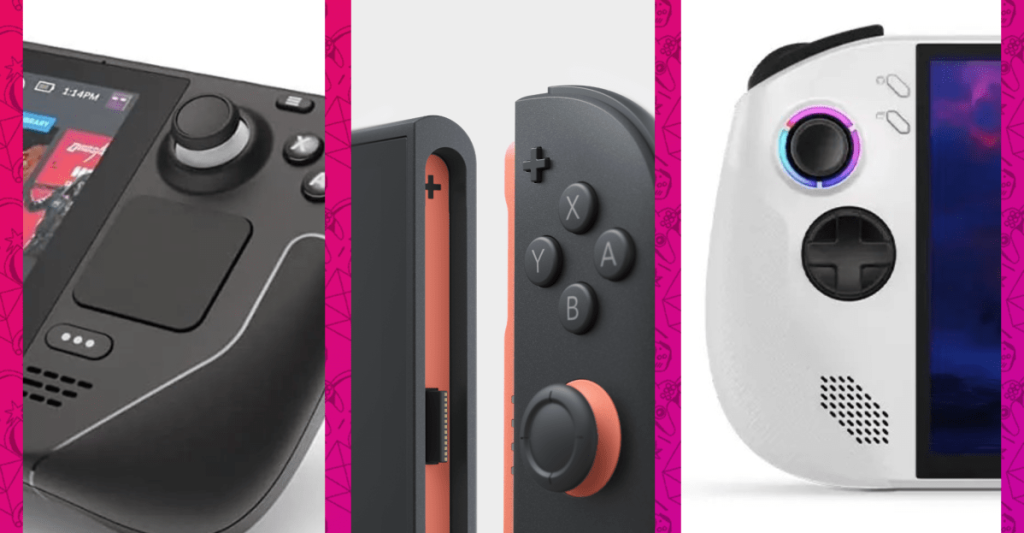Nintendo has long dominated the handheld gaming market since the introduction of the Game Boy in 1989. Following the release of the Nintendo Switch in 2017, the company faced minimal competition in this sector, as both Sega and Sony had largely stepped back. However, as Nintendo prepares to launch the Switch 2 in 2025, the landscape has changed, albeit slightly. The Switch’s remarkable success has prompted Sony and Microsoft to consider their own dedicated handheld devices, but it was Valve that initially disrupted the handheld market with the launch of the Steam Deck in 2022. This has led to a resurgence in PC-based handheld gaming devices from various manufacturers like Lenovo and Asus, indicating that Nintendo will face competition for its handheld supremacy.
Emerging Competition
With Sony and Microsoft still years away from releasing their dedicated handhelds, the immediate competition for Nintendo comes from devices like the Steam Deck and other PC handhelds. Industry analysts suggest that these devices represent a significant threat to Nintendo, boasting superior specifications and access to a broad library of games available on Steam. While the Steam Deck and similar products have made impressive strides in performance and game library, they remain within a niche market.
Comparative Analysis
The Switch 2, priced at $449, is notably in direct competition with lower-end PC handhelds. For instance, it costs $50 more than the base model Steam Deck, yet offers enhanced specifications, including a better display and the added flexibility of detachable controllers and a TV dock. Although devices like the Asus ROG Ally and Lenovo Legion Go are similarly priced and spec’d, the Switch 2 benefits from exclusive access to Nvidia’s DLSS upscaling technology, which can enhance its performance in gaming.
Market Size and Sales Potential
While the Steam Deck has reportedly seen sales of around 4 million units, the total market for PC handhelds is estimated to be around 6 million units since the Steam Deck’s launch. In stark contrast, the Nintendo Switch has sold over 150 million units, showcasing a significant disparity in market reach. Even with continued developments in the PC handheld space, Nintendo expects to sell around 11 million units of the original Switch in its current fiscal year alone, indicating the Switch’s continued popularity. Analysts predict that the Switch 2 could match or exceed the entire PC handheld market shortly after its launch.
User Experience and Accessibility
The user experience with PC handhelds poses additional challenges. Unlike consoles, which are designed for plug-and-play use, devices like the Steam Deck require considerable setup and technical know-how. New users often find themselves needing to tinker with settings to achieve optimal performance. This complexity limits their appeal, especially for families or casual gamers, as these devices are not built for ease of sharing or immediate use.
Future Developments
Microsoft is reportedly exploring a PC handheld collaboration that could feature Xbox branding and an intuitive user interface aimed at enhancing accessibility. However, the release of such a device is still uncertain, and there’s skepticism regarding its effectiveness in making PC gaming seamless. As it stands, Nintendo maintains a lead in the handheld gaming market, with true competition likely still a few years away.

